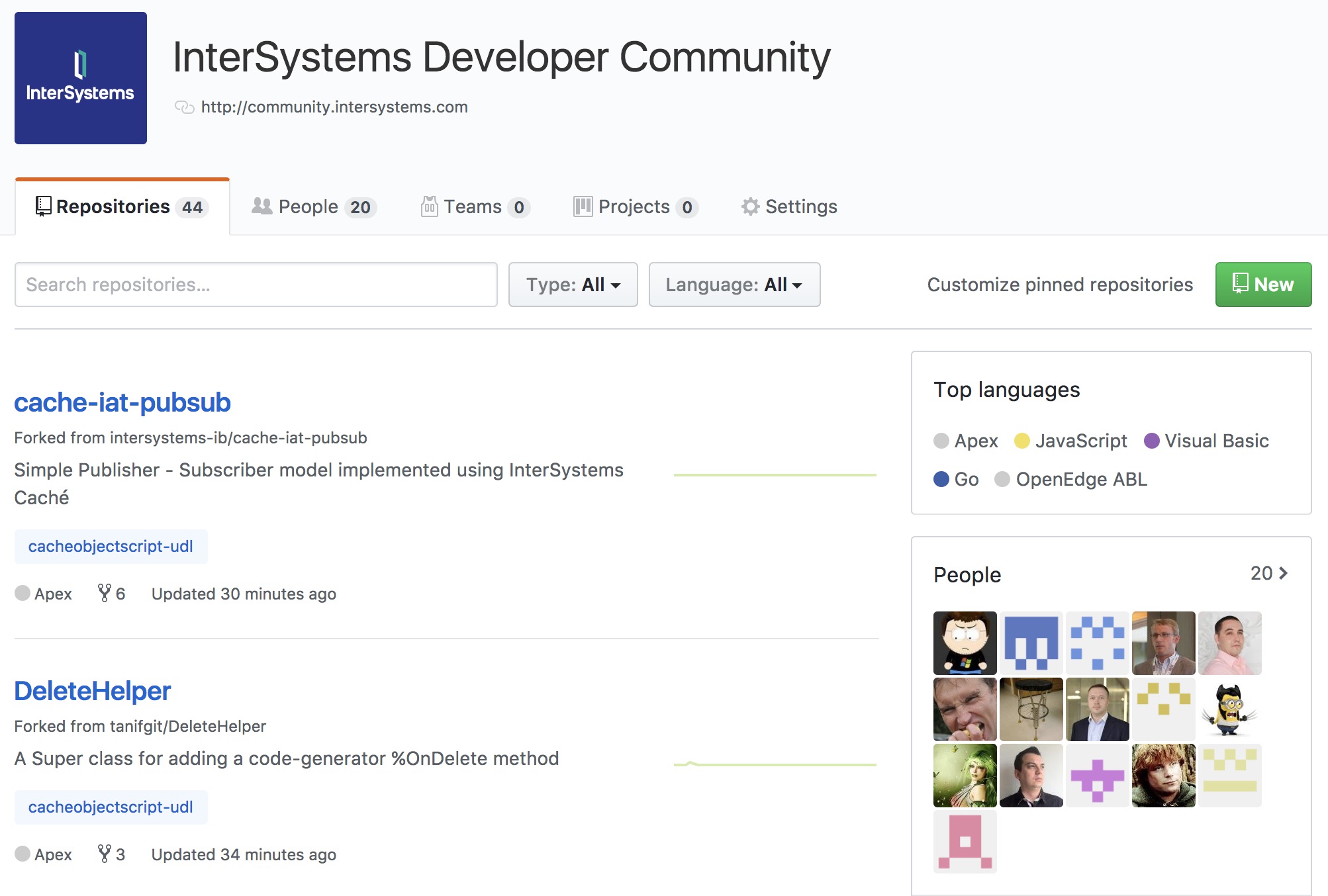Recently I needed to generate a Swagger spec from persistent and serial classes, so I'm publishing my code (it's not complete - you still need to hash out the application specifics, but it's a start). It's available here.
Let's say you have these classes:


